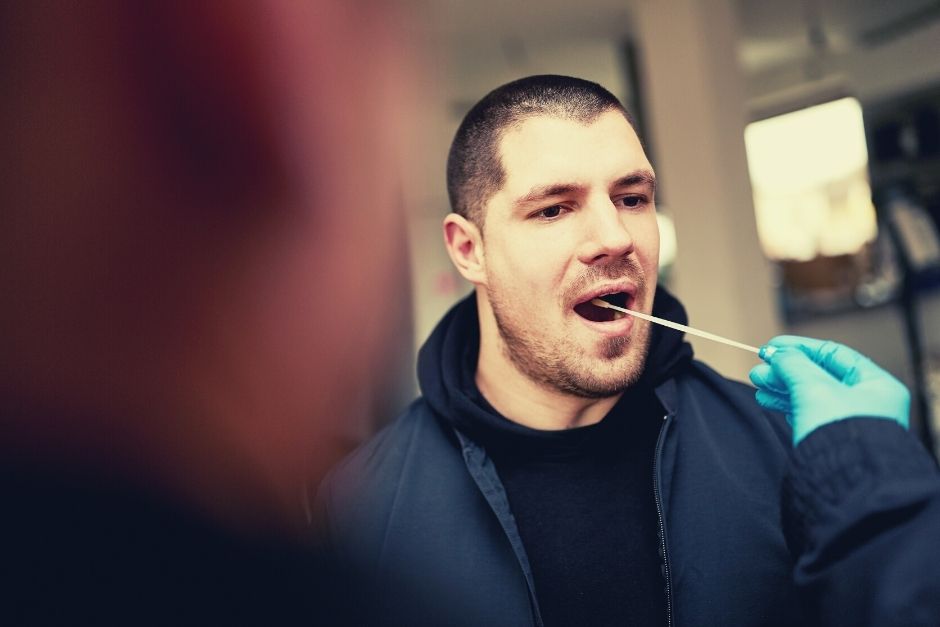
Since the new 2020 U.S. Department of Transportation Custody and Control Form became available in September, one tiny addition has created a tremendous amount of confusion among employers, specimen collectors and others involved in DOT-mandated drug screening.
The revised CCF now includes a box to check for oral fluid testing. This is a very positive sign for those who have been waiting for this additional testing option. However, while oral fluid testing is in our future, it has not yet been approved by DOT. At this time, lab-based urine screening continues to be the only type of testing permitted by DOT.

Why the change on the 2020 CCF?
This is in preparation for the significant shift in testing programs that is expected once the new DOT guidelines are established.
For those eager to make the switch, the protracted process for approval and the confusion surrounding the 2020 CCF are understandably frustrating. But after 30-plus years of urine screening, an entire infrastructure has to be developed for saliva testing.
In 2020, the U.S. Department of Health and Human Services established the structure to include oral fluid specimens in mandatory guidelines for federal workplace drug testing programs. With the intention of also providing this option to DOT-regulated industries, the Office of Drug and Alcohol Policy and Compliance took up the task of developing mandatory guidelines for oral fluid testing, or the equivalent of 49 CFR Part 4O which guides urine testing. This involves laying out the testing protocols for everyone involved in the screening process including collectors and Medical Review Officers (MRO).
Once ODAPC has completed this work, the Substance Abuse and Mental Health Services Administration (SAMHSA) and Department of Health and Human Services (HHS), will determine laboratory protocols, and saliva testing device requirements. These must be approved by the Federal Drug Administration (FDA) before laboratories can even begin to prepare testing devices and procedures.
So, while many labs and collectors are poised to get started, we have to wait for DOT and the federal government to complete some important steps. Done correctly, the new oral fluid testing procedures will provide an invaluable tool for supporting drug-free workplaces and public safety.
Why Make the Switch?
According to SAMSHA, oral fluid testing provides “the same scientific and forensic supportability of drug test results as the mandatory guidelines for federal workplace drug testing programs using urine.”
Advantages of this type of testing include:
- Less opportunity for adulteration – Studies indicate that currently 0.05 to 3 percent of urine specimens are substituted or adulterated. As oral fluid testing occurs under direct observation, tampering with the sample is near impossible.
- Increased convenience – An oral fluid sample can be collected just about anywhere, at any time. There is no need for a special collection facility or extensive site preparation.
- Faster and more cost-effective – A saliva swab is a shorter collection, reducing employee time away from the workplace and cost to the employer. (Studies show that on average when employees have to travel to a collection site and potentially wait before providing their urine sample, they miss four hours of the workday.) Oral fluid testing also reduces rescheduled appointments if a donor is unable to provide a urine sample.
We look forward to the opportunities oral fluid testing will offer our industry once it is approved by DOT. NDASA continues to keep lines of communication open with federal regulators to help move the process forward. We will keep our members posted about any updates. If you have any questions about oral fluid testing or the 2020 CCF, please contact Jo McGuire, NDASA Executive Director.
